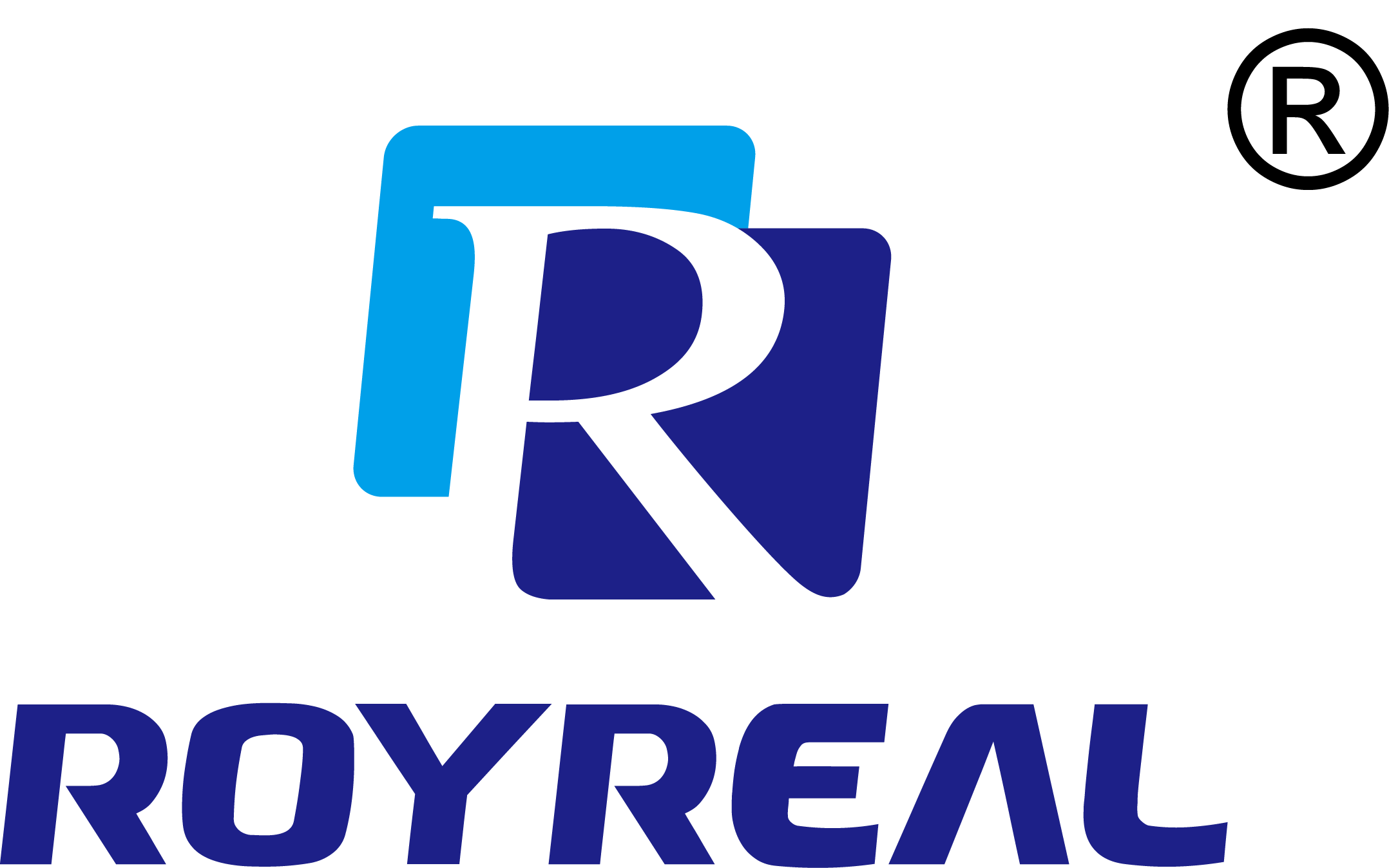Unleashing the Power of Sonic Nozzles in Gas Meter Test Bench: A Comprehensive Guide
Category: Industry News
Time:2024-12-09
Unleashing the Power of Sonic Nozzles in Gas Meter Test Bench
Table of Contents
1. Introduction to Sonic Nozzles
2. Understanding Gas Meter Test Benches
3. The Role of Sonic Nozzles in Gas Measurement
3.1 How Sonic Nozzles Work
3.2 Advantages of Using Sonic Nozzles
4. Applications of Sonic Nozzles in Test Benches
4.1 Calibration of Gas Meters
4.2 Research and Development
5. Optimizing the Use of Sonic Nozzles
5.1 Selection Criteria for Sonic Nozzles
5.2 Maintenance Practices
6. Case Studies on Sonic Nozzles Performance
7. Frequently Asked Questions (FAQs)
8. Conclusion
1. Introduction to Sonic Nozzles
Sonic nozzles have emerged as a pivotal component in the realm of gas meter test benches. These specialized devices offer unparalleled precision in gas measurement, enabling professionals to conduct tests with greater accuracy and efficiency. By creating a controlled sonic flow, sonic nozzles facilitate accurate measurements of gas volumes, making them indispensable tools in various applications, from industrial testing to laboratory research.
2. Understanding Gas Meter Test Benches
Gas meter test benches serve as the foundation for testing gas flow measurement devices. These setups typically consist of various components, including flow meters, pressure regulators, and sonic nozzles, working in concert to provide accurate test conditions. The reliability of gas meters is crucial in numerous industries, affecting everything from billing accuracy to safety standards.
3. The Role of Sonic Nozzles in Gas Measurement
Sonic nozzles play a critical role in enhancing the precision of gas measurements. These devices operate based on the principle of creating a high-speed jet of gas that transitions to supersonic flow. The resulting pressure drop is measurable and correlates directly to the flow rate of gas, making sonic nozzles a powerful choice for gas meter testing.
3.1 How Sonic Nozzles Work
The operation of sonic nozzles is grounded in fluid dynamics. When gas passes through a sonic nozzle, the flow accelerates to sonic speeds, at which point the mass flow rate becomes constant for a given pressure drop. This constant flow characteristic allows for precise calibration of gas meters, ensuring they deliver accurate readings in real-world applications.
3.2 Advantages of Using Sonic Nozzles
Utilizing sonic nozzles in gas meter test benches offers numerous benefits:
- **Enhanced Accuracy**: The supersonic flow conditions ensure consistent and reliable measurements.
- **Reduced Calibration Time**: Sonic nozzles streamline the calibration process, allowing for quicker turnaround times.
- **Versatility**: Suitable for various gas types and pressures, enhancing their applicability across different testing scenarios.
- **Cost-Effectiveness**: By improving measurement accuracy, sonic nozzles help reduce operational costs associated with gas billing disputes and inaccurate readings.
4. Applications of Sonic Nozzles in Test Benches
Sonic nozzles find diverse applications within gas meter test benches, significantly enhancing the testing process across various industries.
4.1 Calibration of Gas Meters
One of the primary applications of sonic nozzles is in the calibration of gas meters. Accurate calibration ensures that gas meters provide precise readings, essential for billing and regulatory compliance. By employing sonic nozzles, technicians can achieve high levels of accuracy in their calibrations, minimizing errors and enhancing customer trust.
4.2 Research and Development
In research and development settings, sonic nozzles facilitate experiments that require precise gas flow measurements. Their ability to produce controlled flow conditions allows researchers to explore innovative designs and technologies, contributing to advancements in gas measurement techniques.
5. Optimizing the Use of Sonic Nozzles
To maximize the benefits of sonic nozzles, it is essential to understand how to select and maintain them effectively.
5.1 Selection Criteria for Sonic Nozzles
Choosing the right sonic nozzle involves several considerations, such as:
- **Flow Rate Requirements**: Select a nozzle that can accommodate the expected flow rates for your specific applications.
- **Gas Composition**: Ensure compatibility with the type of gas being measured to prevent material degradation.
- **Pressure Conditions**: Consider the operating pressure range to select a nozzle that performs optimally under those conditions.
5.2 Maintenance Practices
Regular maintenance ensures the longevity and performance of sonic nozzles. Recommended practices include:
- **Routine Inspections**: Regularly check for wear and tear, ensuring that the nozzle operates at peak performance.
- **Cleaning Protocols**: Implement cleaning schedules to prevent debris accumulation that could affect flow measurements.
- **Calibration Checks**: Periodically recalibrate the sonic nozzle to ensure it continues to provide accurate readings.
6. Case Studies on Sonic Nozzles Performance
Numerous case studies illustrate the effectiveness of sonic nozzles in various testing environments. For instance, one study conducted in a gas utilities company revealed a significant reduction in measurement discrepancies after integrating sonic nozzles into their test benches. This led to enhanced operational efficiency and improved customer satisfaction.
7. Frequently Asked Questions (FAQs)
What is a sonic nozzle?
A sonic nozzle is a device designed to create a controlled sonic flow of gas, enabling accurate measurements of gas flow rates.
How do sonic nozzles improve gas meter accuracy?
Sonic nozzles maintain a constant mass flow rate at sonic speeds, providing reliable data for gas meter calibration.
Can sonic nozzles be used for different types of gases?
Yes, sonic nozzles are versatile and can accommodate various gas compositions, although material compatibility should be considered.
What are the maintenance requirements for sonic nozzles?
Routine inspections, cleaning, and periodic recalibration are essential to maintain the performance of sonic nozzles.
Where are sonic nozzles typically used?
Sonic nozzles are commonly used in gas meter test benches for calibration, research, and development across industries that require accurate gas flow measurements.
8. Conclusion
Sonic nozzles represent a significant advancement in gas measurement technology, particularly within the context of gas meter test benches. Their ability to enhance accuracy, streamline calibration processes, and adapt to various applications underscores their value in the industry. By understanding how to optimize the use of sonic nozzles, professionals can ensure more reliable gas measurement practices, ultimately leading to improved operational efficiency and customer satisfaction. Embracing this technology is not just a step forward; it is a leap into a future of precision and reliability in gas measurement.
Keywords:
 EN
EN RU
RU SP
SP
